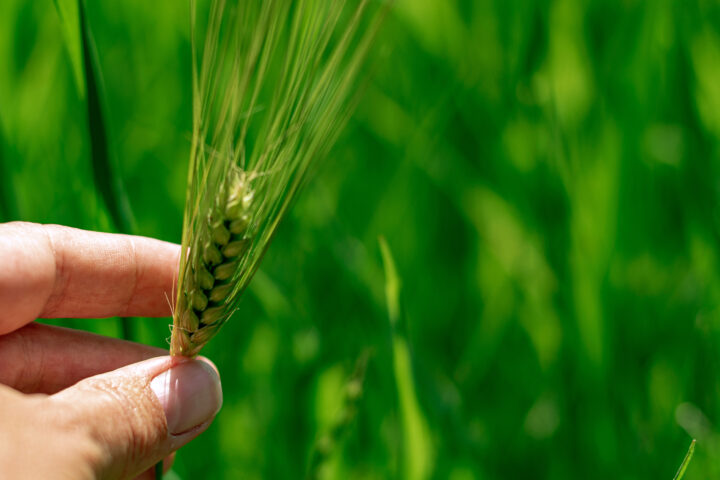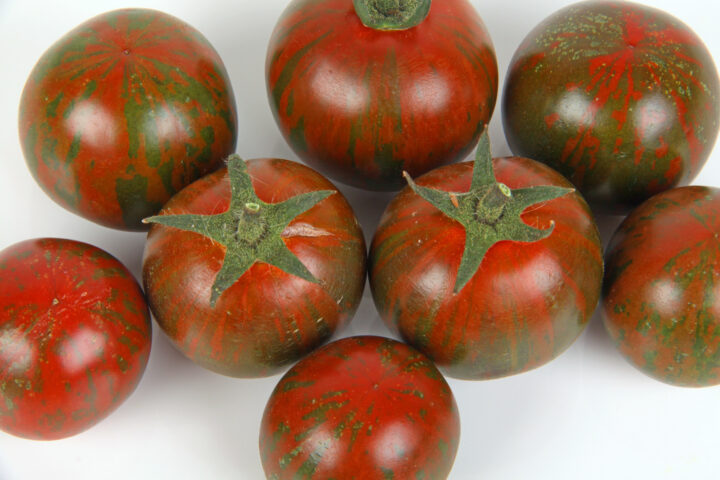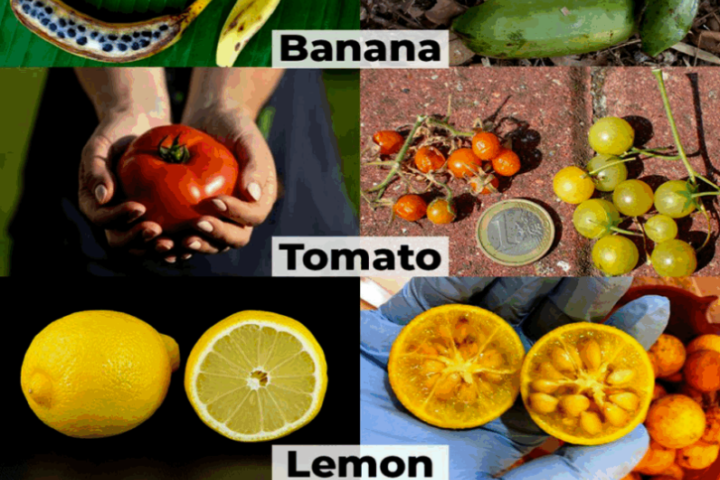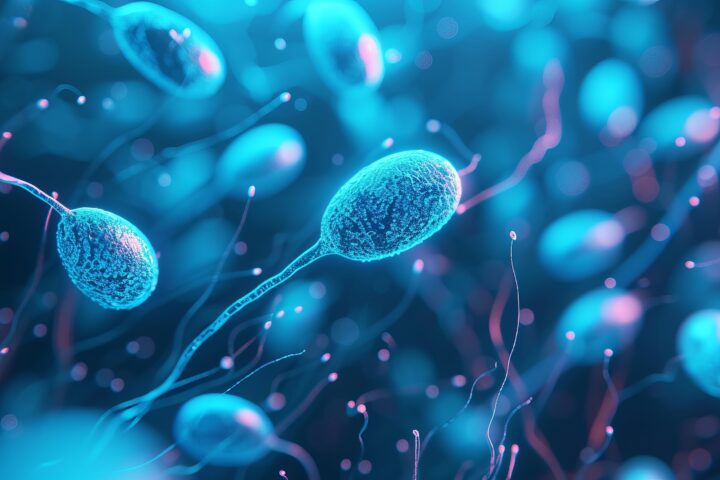
Genome editing for livestock farming
More than 800 animal scientists met recently at the annual meeting of the European Federation of Animal Science (EAAP) in Davos, Switzerland, to discuss challenges and solutions relating to the future of livestock breeding and farming. At the meeting, on thing became apparent: Genome editing is gaining importance in this sector, too.
Wednesday, September 15, 2021
The American animal scientist Jack H. Britt, is convinced that improving animal genetics and increasing feeding efficiency can have a significant impact on climate change. Dairy cattle genetics are evolving, says Britt. And, he adds, genomics are the key to selecting young animals for breeding. Britt is quick to point out that “We’re working on genome editing – not genetic engineering.” In his view, this breeding method is an important factor in securing the food supply for the human population. The cow of the future will be, he says, healthier, more fertile and less of a burden to the environment.
Important role of epigenetics
Britt also spoke about epigenetics, a field that he views as highly significant and deserving of a lot more attention in the future. This new discipline within genetics looks at changes in gene expression that result from changes in enzyme access to DNA strands rather than changes to the DNA sequence itself. Britt showed epigenetic effects resulting from heat stress among cows and their offspring. For example, studies show that the female offspring of heat-stressed cows produce less milk than daughters of cows that were not subjected to heat stress. This effect has even been documented in the third generation of female offspring. “We’re only beginning to understand these epigenetic effects,” says Britt. He surmises that epigenetics have a greater influence on animal characteristics than the genes themselves.
Britt also mentions the fodder plants, stating that feeding genome-edited plants also resulted in significant increases in yield. In one example, scientists were able to make a plant absorb considerably more sunlight, and thus increase plant yield by 20 percent by simply turning off a gene.
Related articles

How German Experts View New Breeding Techniques
In hardly any other country is the idyllic image of organic farming cultivated in the public sphere as carefully as in Germany. Naturalness and rural authenticity are powerful mental refuges for many Germans. Against this backdrop, it is hardly surprising that resistance to new breeding techniques is strong – and that ignorance about the realities of organic farming sometimes appears almost deliberate.

Why consumers accept gene-edited foods on their plates
Acceptance of gene-edited foods increases when the tangible benefits for consumers are easy to understand. A recent study by the Center for Food Integrity (CFI), conducted in collaboration with FMI – The Food Industry Association, shows that consumers evaluate technologies such as genome editing positively when they recognize clear advantages for health, the environment, or food security.

Beautiful and delicious mutants on your plate: The misunderstood world of crop improvement
When most of us hear the word mutation, the images that come to mind are not positive. We think of radioactive monsters, comic book villains, or genetic diseases like sickle-cell anemia. In popular culture, “mutants” are often synonymous with danger. Possibly the most famous are Marvel’s X-Men, who have enjoyed four big-screen incarnations and an enduring place among sci-fi movie aficionados.

Sperm crisis with a question mark: what the Swiss study really shows – and what it does not
The state of Swiss semen appears worrying – unless you live slightly south of the city of Aarau. There, sperm quality among young men is reportedly the highest. The prime suspect is quickly identified: pesticides.

